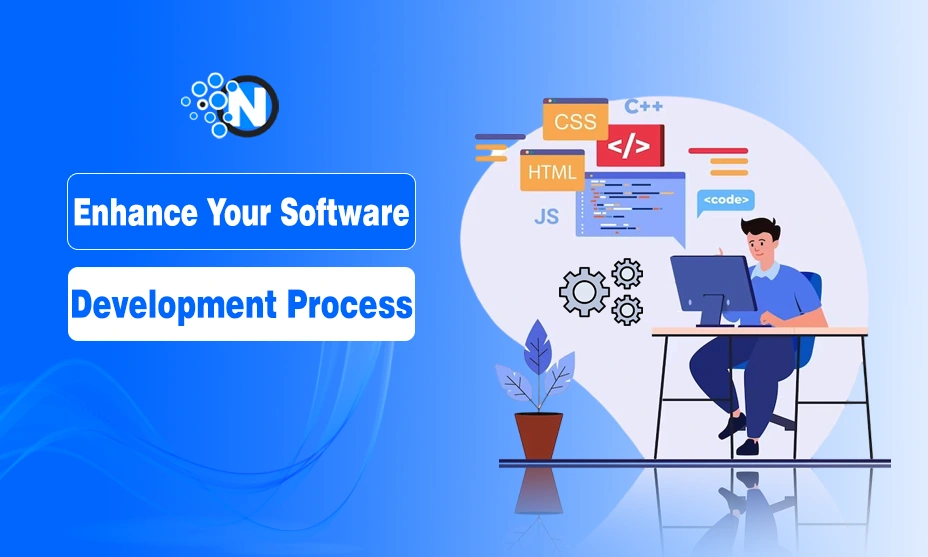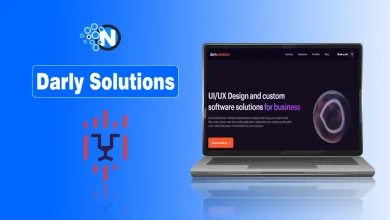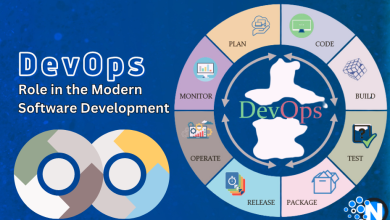5 Ways to Enhance Your Software Development Process in 2025

The success of a software development project predominantly depends on the software development process followed by the team. Today the software industry is a highly competitive market, with revenue projected to reach US$363.40 billion in 2024.
And considering the variety of methodologies featuring its pros and cons, it must be tough to choose the software development process that will ensure successful product delivery. So, which process is the right fit for your business?
To understand which process will help propel your business forward and enhance customer experience, you need to find out the requirements and size of your project, time frame, and end-users.
The five most popular software development methodologies and their benefits to help you optimize your development process are the point of discussion in this article.
1. Agile Development
Agile is a type of development methodology that helps software teams deliver value to their customers faster, avoid bugs in code, and the necessity to recode whenever requirements evolve. The process includes iterative, short, repeatable phases, also known as sprints, that aim to accomplish small goals.
Key Benefits of Agile
The core benefits of Agile development are listed below in detail.
1. Improved Quality
Due to the iterative approach Agile methodologies employ, continuous process improvement including simplistic bug checking and removal is provided, which contributes to creating top-quality products.
2. Adaptability
Applied to large-scale projects, Agile software development process enables an adaptable way of working, which means teams respond to alterations, adapt to them without much disruption, and adjust the priorities according to the new goals.
3. Customer Satisfaction
Clients’ opinions always count as the changes are made according to their feedback and requirements. Delivering the product functionality that is fully suited to the customer’s needs ensures a boost in customer experience, satisfaction, and retention.
Subject: ………………………………
💡 Interesting Fact: Recent statistics indicate that 71% of respondents to the 17th Annual State of Agile Report’s survey stated that they use Agile in their software development cycle (SDLC).
2. DevOps Deployment Methodology
DevOps practices aim to improve communication and collaboration between development, QA, and operations teams to optimize workflows, reduce time-to-market, and enhance custom software stability.
Once software development and operations are combined, such processes as continuous integration, continuous testing, continuous delivery, continuous deployment, etc. get promoted. You access quick problem-solving, high productivity, minor bugs, timely delivery of the program with this methodology.
Key Benefits of DevOps:
There are multiple operations in the software development process in which DevOps plays a key role.
1. Fast Issue Resolution
Open and uninterrupted communication between the IT specialists responsible for different segments of the development life cycle allows DevOps teams to minimize downtime, save time on incident and problem resolution, and enable the fast release pipeline.
2. Cost Minimization
One of the main features of DevOps is profit maximization. DevOps reduces the expenses of network downtime, infrastructure, and software releases. In addition, it eliminates the need for human effort.
3. Task Automation
DevOps is focused on automating manual and repetitive tasks like testing and writing specifications to help organizations optimize the development processes, save a lot of time and money, and cut down on waste and overwork.
Subject: ………………………………
💡 Interesting Fact: The global DevOps market is experiencing substantial growth, reaching USD 16.4 billion in 2025 and is projected to hit USD 25.5 billion by 2028, reflecting a CAGR of 19.7%.
3. Waterfall Development Method
The Waterfall method is a linear approach, where each stage is an isolated activity that can start only after the previous one is complete. Unlike Agile and DevOps, the Waterfall model works based on certain outcomes and doesn’t require team members to be in constant communication.
Key Benefits of Waterfall Methodology:
For clearly defined projects with consistent needs and little predicted changes, the Waterfall methodology is perfect. Below are its key benefits given in detail.
1. Easy to Measure the Progress
The model makes it much easier to measure the progress as goals, outcomes, milestones of each stage were clearly defined in advance.
2. Careful Design
One of the biggest benefits is that the approach provides a complete understanding of all custom software outcomes, which contributes to more careful design and reduces the possibility of the “piecemeal effect” that might occur when pieces of code are defined and subsequently added to the app.
3. Accessible Information
As processes and results get documented, this methodology provides accessible information throughout the program’s lifecycle. Therefore, team members who join the project have the opportunity to find out anything they need about the application.
Subject: ………………………………
💡 Interesting Fact: While Agile is more popular, Waterfall still dominates in industries like healthcare, construction, and government projects, where regulatory compliance and extensive documentation are critical.
4. Rapid Application Development
The rapid application development (RAD) approach is all about flexibility as it emphasizes rapid prototyping, iterations, and quick feedback.
Although both RAD and Agile demonstrate an iterative process of software development, they are different: the first one prioritizes prototypes while the second one is focused on dividing the project into separate features which are delivered in sprints.
Five Basic Steps of RAD:
- Finalize the product
- Identify project requirements
- Develop prototypes
- Gather user feedback
- Conduct testing
Key Benefits of RAD:
RAD is best suited for projects requiring fast development cycles and frequent user input. However, there are also some other key benefits that you should know about.
1. Flexibility
Due to the approach flexibility, engineers can quickly identify and tackle issues, and make necessary adjustments during the development process.
2. Reuse of Code and Processes
It emphasizes the reuse of templates, tools, and code, which leads to the reduction of manual coding, bugs, and time spent on testing.
3. Lower Costs
Although RAD requires money for hiring highly-skilled IT professionals, it significantly minimizes time and, therefore, costs on development as well as costs on maintenance, making it quick and painless.
Subject: ………………………………
Pro Tip: Use RAD only when end-user involvement is high – otherwise, rapid changes can lead to confusion and scope creep.
5. Lean Software Development
Derived from lean manufacturing ideas, Lean Software Development (LSD) is a technique emphasizing waste elimination, efficiency optimization, and customer value maximizing. Startups and companies hoping for scalable, reasonably priced solutions may find it very helpful.
Key Benefits of Lean Software Development:
Below are some of the benefits that you can get in the software development process through the lean development methodology.
- Faster Delivery: Giving fundamental features priority and minimizing overproduction results in speedier time-to-market development.
- Continuous Improvement: Teams continuously improve the product depending on actual comments to guarantee long-term adaptation and success.
- Optimized Resource Utilization: Guarantees effective allocation of time, effort, and resources, hence optimizing output and lowering costs.
LSD is best suited for teams looking to streamline operations, minimize costs, and rapidly deliver high-value software solutions.
Subject: ………………………………
Pro Tip: Apply the Pareto Principle (80/20 rule) – focus on the 20% of features that deliver 80% of the value to users.
In Summation
Each of these four most popular software development methodologies features its own pros and unique use cases. Therefore, while choosing the most appropriate software development process you should keep the following essential factors in mind: a group of end-users you target, scale and scope, deadline, and team’s geolocation.
The knowledge acquired in this paper seeks to enable you to choose the correct approach to enhance the Software Development Process with intelligence. To get further information regarding development techniques, nevertheless, you should get in touch with the consulting organization, should you want more specifics or guidance.




